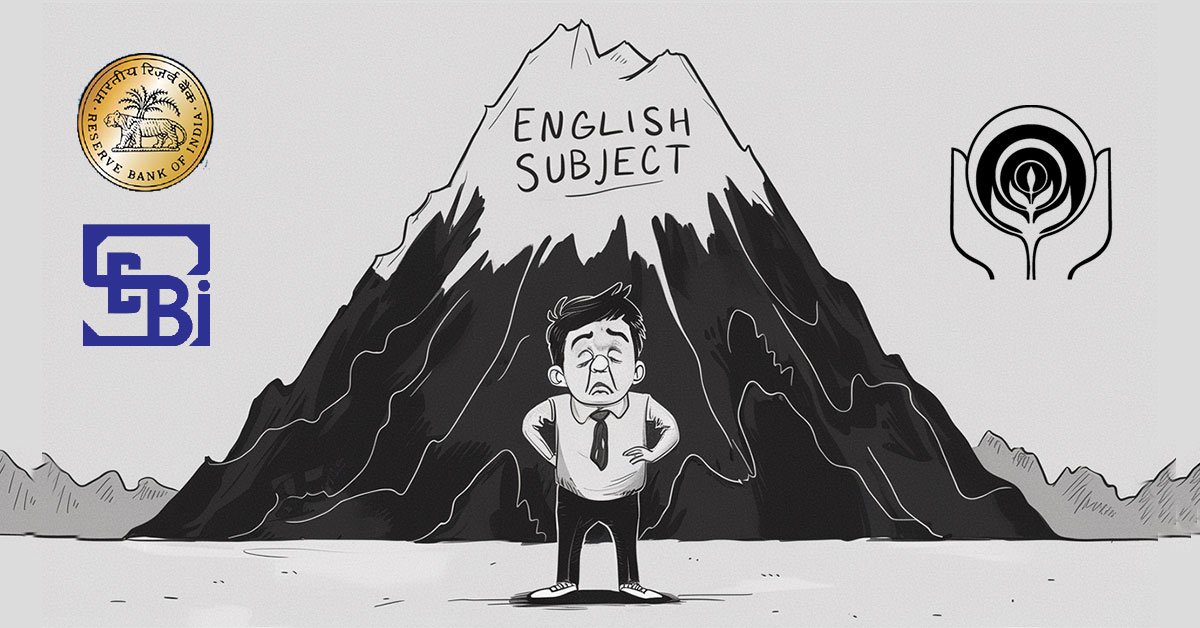Context:
On February 7, when the RBI last cut the policy rate, HDFC Bank had instead hiked its overnight MCLR by 5 bps. The latest reversal in trend suggests improved liquidity and lower borrowing costs for banks.
Key Highlights:
- Effective Date: April 8, 2025
- MCLR Cut: 10 basis points (bps) across all tenures
- New MCLR Range: 9.10% to 9.35%
- One-Year MCLR: Reduced to 9.30% from 9.40%
Marginal Cost of Funds-based Lending Rate (MCLR)
The Marginal Cost of Funds-based Lending Rate (MCLR) is the minimum interest rate that a bank can charge for a loan. It’s based on the cost of borrowing funds, the bank’s operating costs, and other factors. The Reserve Bank of India (RBI) implemented MCLR on April 1, 2016.
How MCLR works?
- MCLR is a tenor-linked rate, meaning it varies based on the length of the loan.
- Banks use MCLR to determine the interest rate for loans.
- MCLR is the minimum interest rate that banks can charge, except in certain cases.
- MCLR is fixed for borrowers unless the RBI revises it.
Factors that affect MCLR
- Marginal cost of funds: The cost of borrowing funds, such as from savings deposits, term deposits, or other banks
- Operating costs: The cost of generating cash, including service charges
- Statutory liquidity ratio (SLR): The reserve that banks are required to keep
Benefits of MCLR
- MCLR ensures that banks charge interest rates that are true to the consumers.
- MCLR improves the openness of the structure used by banks to calculate interest rates.
Significance
- The one-year MCLR, crucial for pricing corporate and retail loans, reflects a drop in funding costs.
- The move indicates a softening interest rate environment, aligned with the RBI’s February repo rate cut — its first in five years.
- The reduction comes just before the RBI’s upcoming monetary policy review, where a 25 bps repo rate cut (to 6%) is widely expected.















